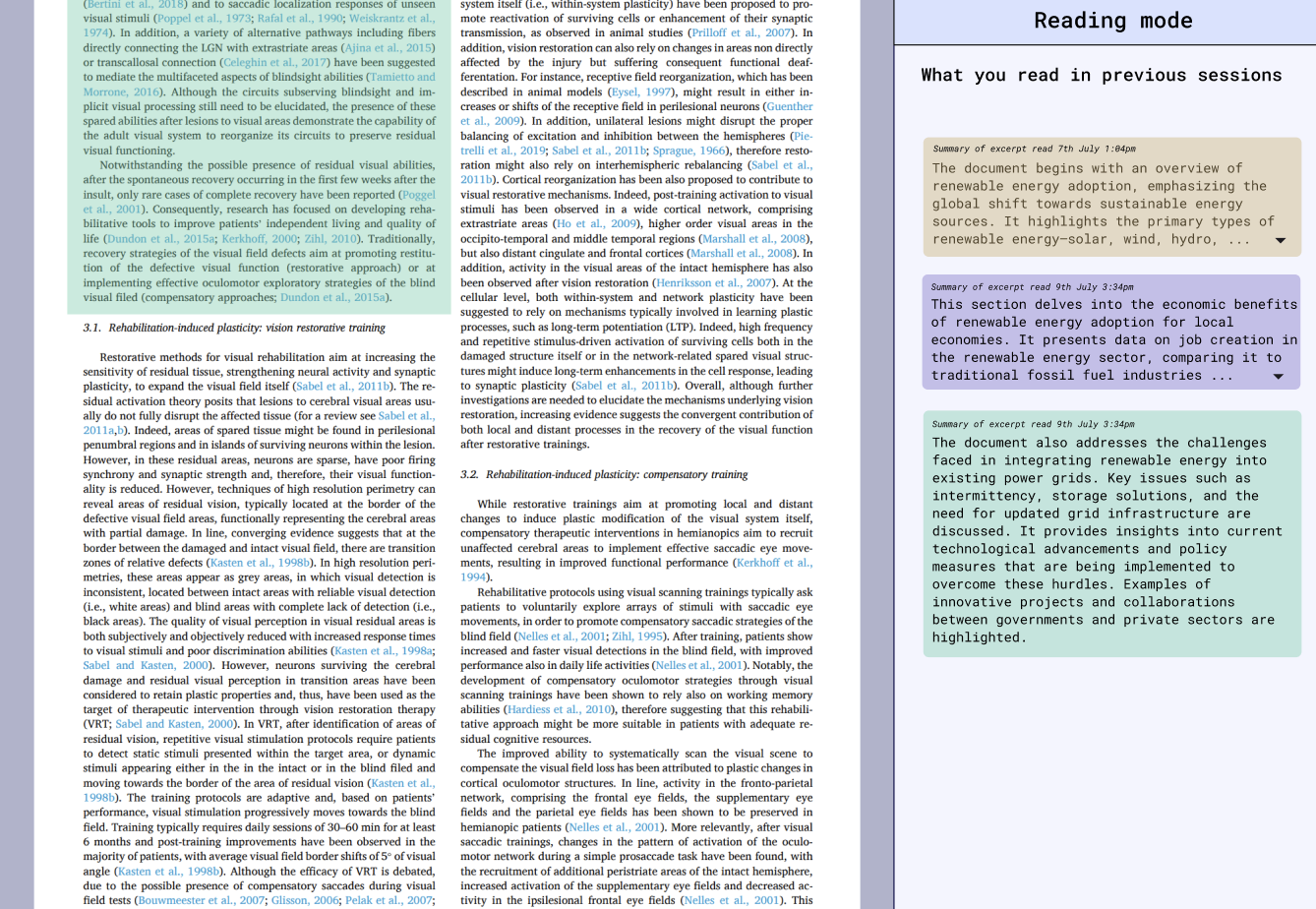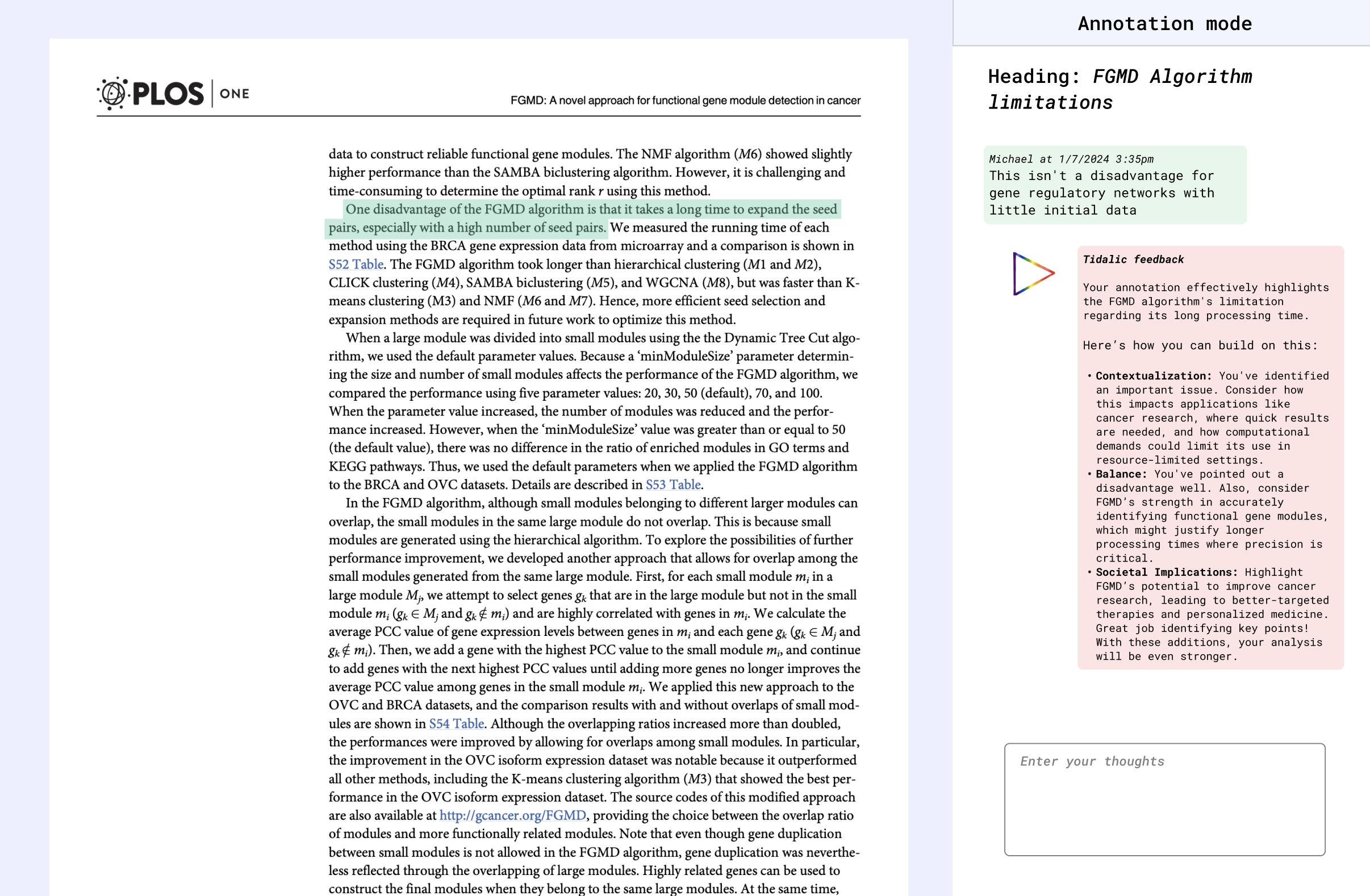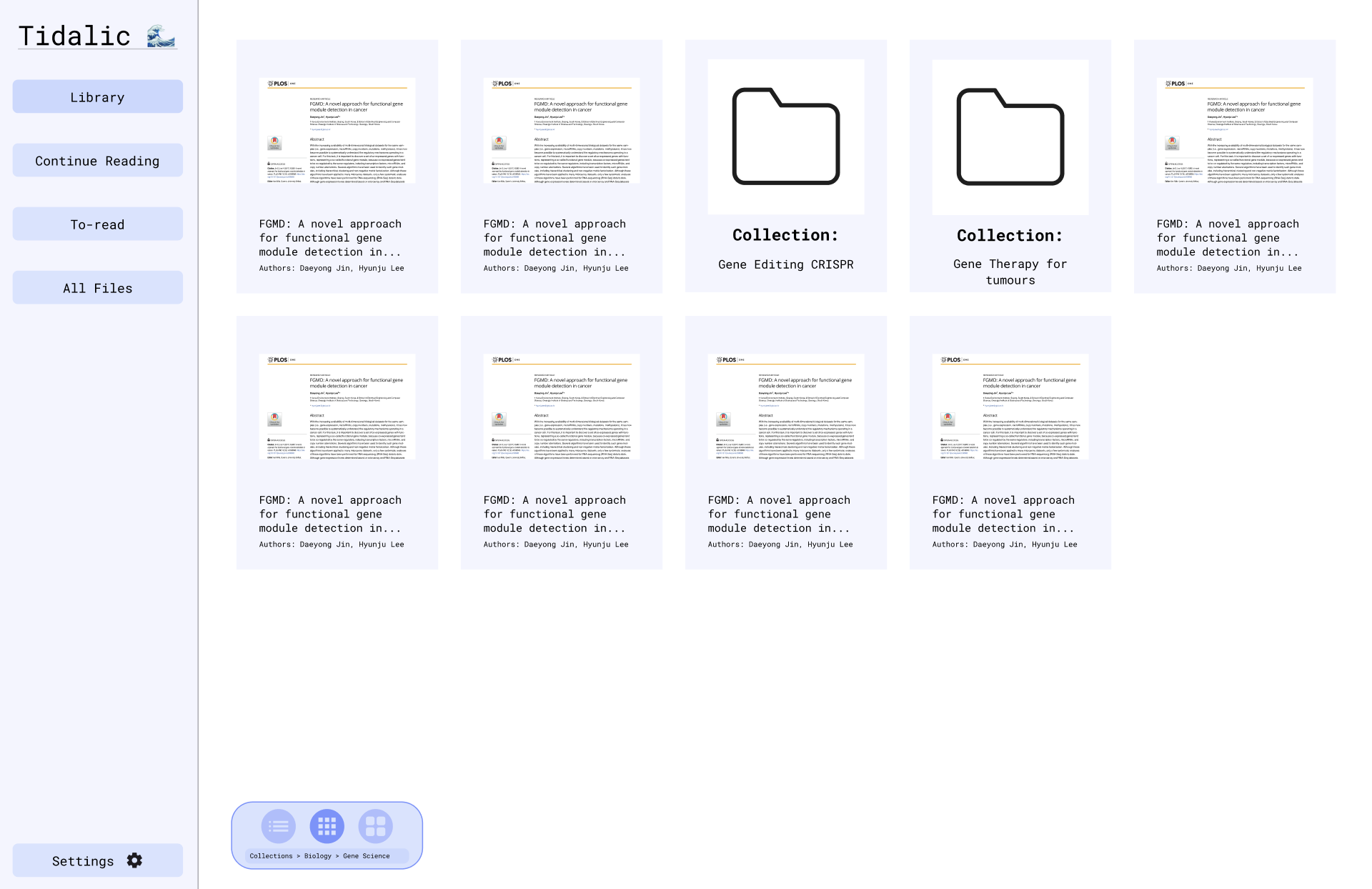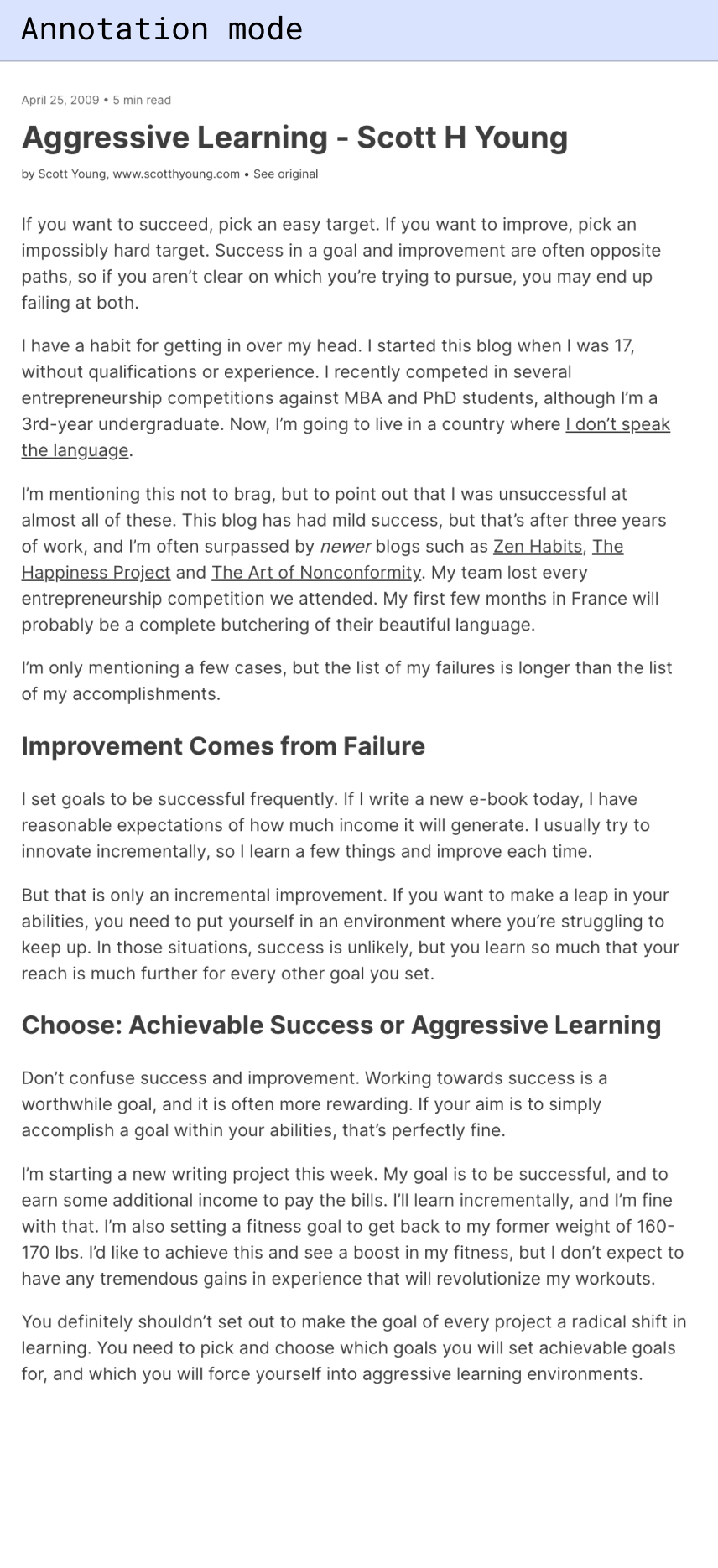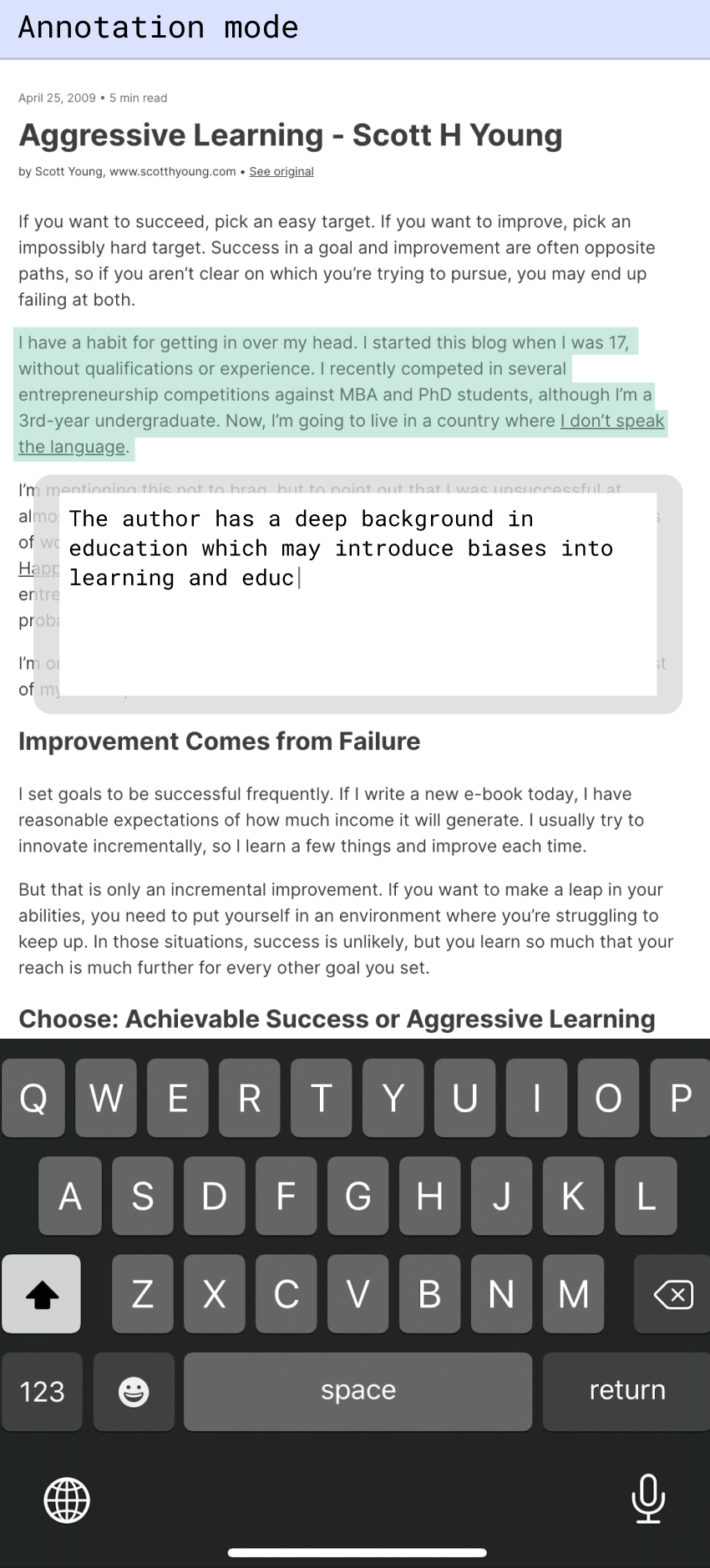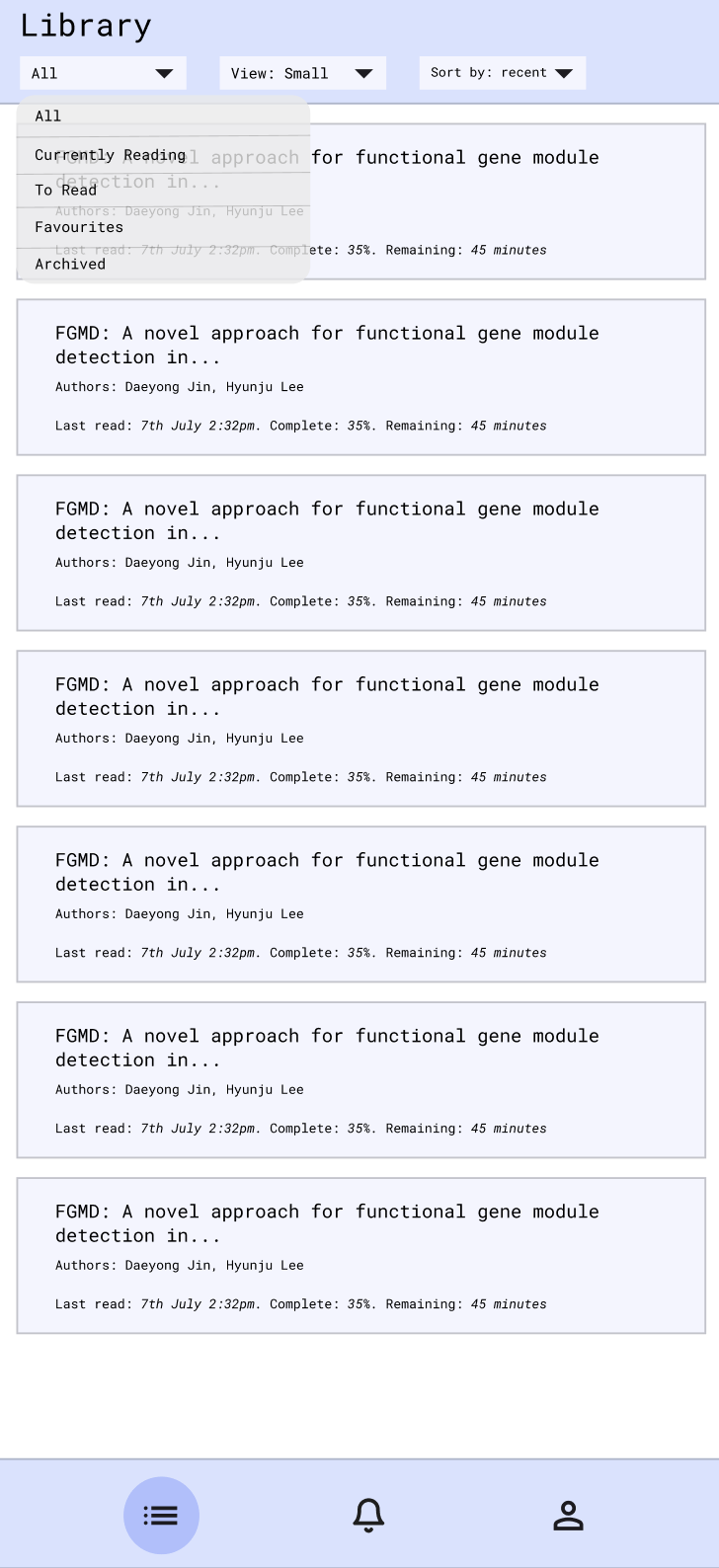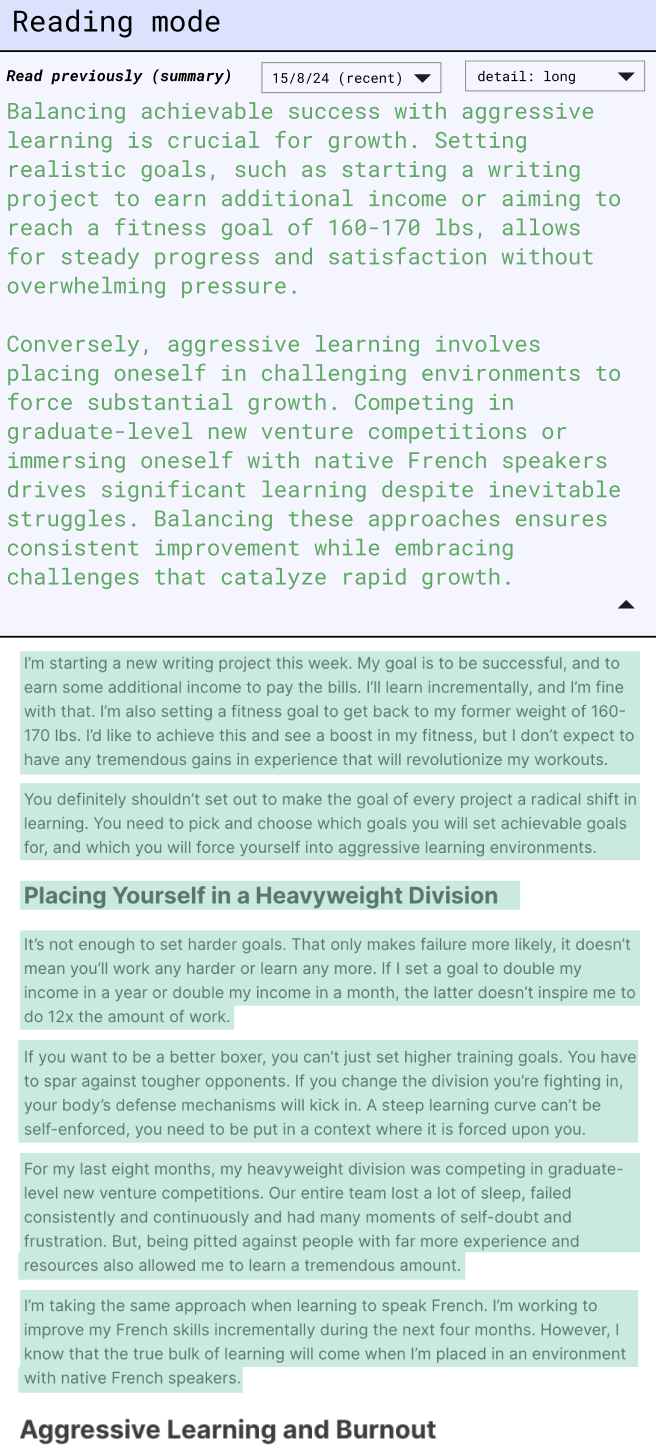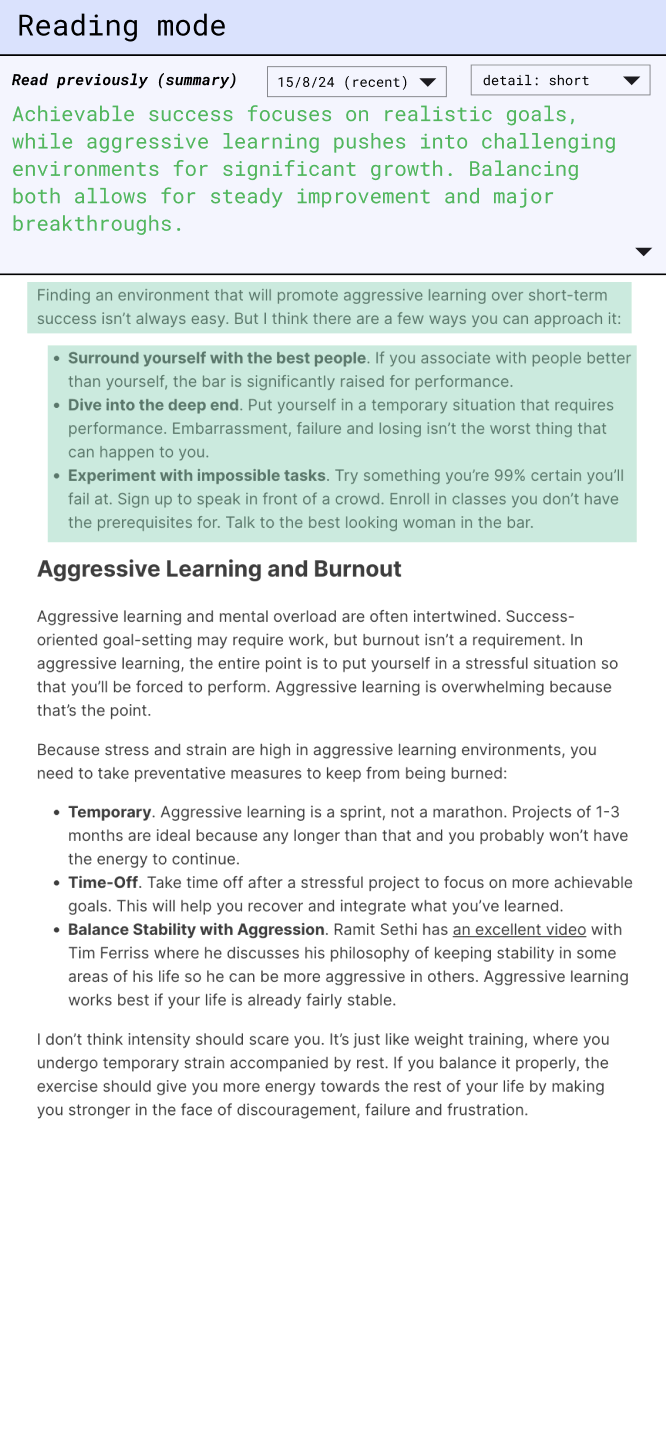
Assigned readings are an important aspect of higher education. They form the basis upon which lectures, discussions, and further study are built. They enable the educator to inject currency and relevance to the educational experience, broadening the horizons of the learner beyond lecture notes.
Topical and contemporary assigned readings are an essential component of graduate preparedness.
Despite their importance to the learning experience, reading assignments present a struggle in terms of student engagement. Completion rates are poor. And attention spans are not getting any better.
Interactive Learning & Social Reading.
Higher education institutions have tried to address this problem with tools that attempt to drive engagement through social features, but existing solutions emphasise levers that drive extrinsic motivation:
- Surveillance. Monitoring student compliance doesn’t produce sustainable change, and it only works at all with educator effort.
- Assessment. Rubrics like “at least 5 comments” are rapidly gamified, which doesn’t drive genuine effort from disengaged students, and is unfair to genuinely engaged students.
We know a better way.
Intrinsic motivation drives greater impact and sustainable change.
Tidalic is a reading platform that drives engagement and comprehension by supporting intrinsic motivation.
1 🕒 Time management
Tidalic can size, sessionize, and schedule significant texts into bite-sized pieces, to help overcome procrastination.
Our time management feature is ready to PoC now, ask for a free sample of our low-integration offering. [email protected]
2 🧑🏫 Coaching and feedback on annotations
Students can highlight passades, share their thoughts and insights with comments and annotation, while getting real-time feedback that projects the voide of the educator through model steering controls.
3 📖 Platform accessibility
By building on an open-source reading platform, Tidalic has a head-start with high-quality, cross platform reading experiences.
4 👥 Social interaction
Social annotation and commenting features will improve engagement while also enhancing durable skills, but our approach goes beyond providing a chat interface; leveraging semantic analysis of student comments, we will recommend and “match-make” interactions to initiate inquiry.
Tidalic is for higher education institutions, and also for individual learners.
The students of today are the knowledge workers of tomorrow, so we believe in creating an educational experience that progresses with the student into the workforce. That’s why we have a consumer solution for knowledge workers, to support early career profesionals as they transition into the working world.
1 🏢 Tidalic for knowledge workers
The Tidalic platform includes capabilities avaialble to individuals, independent of the institution hosted experience. Get access to the Tidalic app today.
2 🎓 Tidalic for higher education institutions
Like similar legacy solutions, Tidalic will be LMS integrated, to create a seamless experience for educators to group cohorts of students, integrate reading assignment into lesson planning and scheduling, and also streamlining assessment.
We’ll incorporate familiar features such as summative assesment and social annotation, but the true power of Tidalic lies in time management, formative coaching, and platform accessibility - features that support intrinsic motivation.
We’re building this platform in a modular way, so some features can be unbundled and delivered with minimal integration overhead. Available now: Get in touch to request a free sample for our sessionised scaffolding solution to improve completion for lengthy readings.
Let’s work together to drive student engagement with reading. [email protected]
The power of leveraging proprietary data with Large Languge Models, delivered with SemanticAmp.
Our core technical strength in Generative AI is specialised in leveraging proprietary data with large language models, and our source of differentiation is SemanticAmp.

SemanticAmp is our data processing technology solution which denormalises and transforms data sources like PDFs and other documents, to maximise recall and accuracy for large language model based applications based on Retrieval Augmented Generation (RAG) or other paradigms. SemanticAmp incorporates multiple data analysis and transformation techniques, including propositional transformation to ensure human-intended artifacts perform well for machine-driven analysis.
Get in touch to find out how we can help you deliver your Generative AI project. [email protected]
The following references were cited in our pitch:
- Lodge, J. M. (2023). Misjudgements of learning in digital environments. In S. Y. L. Chye & B. L. Chua (Eds.), Pedagogy and psychology in digital education. Springer. https://doi.org/10.1007/978-981-99-2107-2_14
- Deale, C. S., & Lee, S. H. (2021). To read or not to read? Exploring the reading habits of hospitality management students. Journal of Hospitality & Tourism Education, 34(1), 45–56. https://doi.org/10.1080/10963758.2020.1868317
- Shaker, A. J., Brignell, C., & Pugh, M. (2023). The effect of incentivising pre-class reading on engagement and student performance. International Journal of Mathematical Education in Science and Technology. https://doi.org/10.1080/0020739X.2023.2214562
- Roberts, J. C., & Roberts, K. A. (2008). Deep reading, cost/benefit, and the construction of meaning: Enhancing reading comprehension and deep learning in sociology courses. Teaching Sociology, 36(2), 125-140. https://doi.org/10.1177/0092055X0803600203
- Quality Indicators for Learning and Teaching. (2023). 2023 Graduate Outcomes Survey national report. https://www.qilt.edu.au/docs/default-source/default-document-library/2023-gos-national-report.pdf?sfvrsn=5925e306_2
- Bargury, M., Sharbat, T. I., Malka, G., & Salameh, L. (2024, August). Living off Microsoft Copilot. Presentation at Blackhat USA 2024, Las Vegas, NV, United States.
(thanks LV!)
